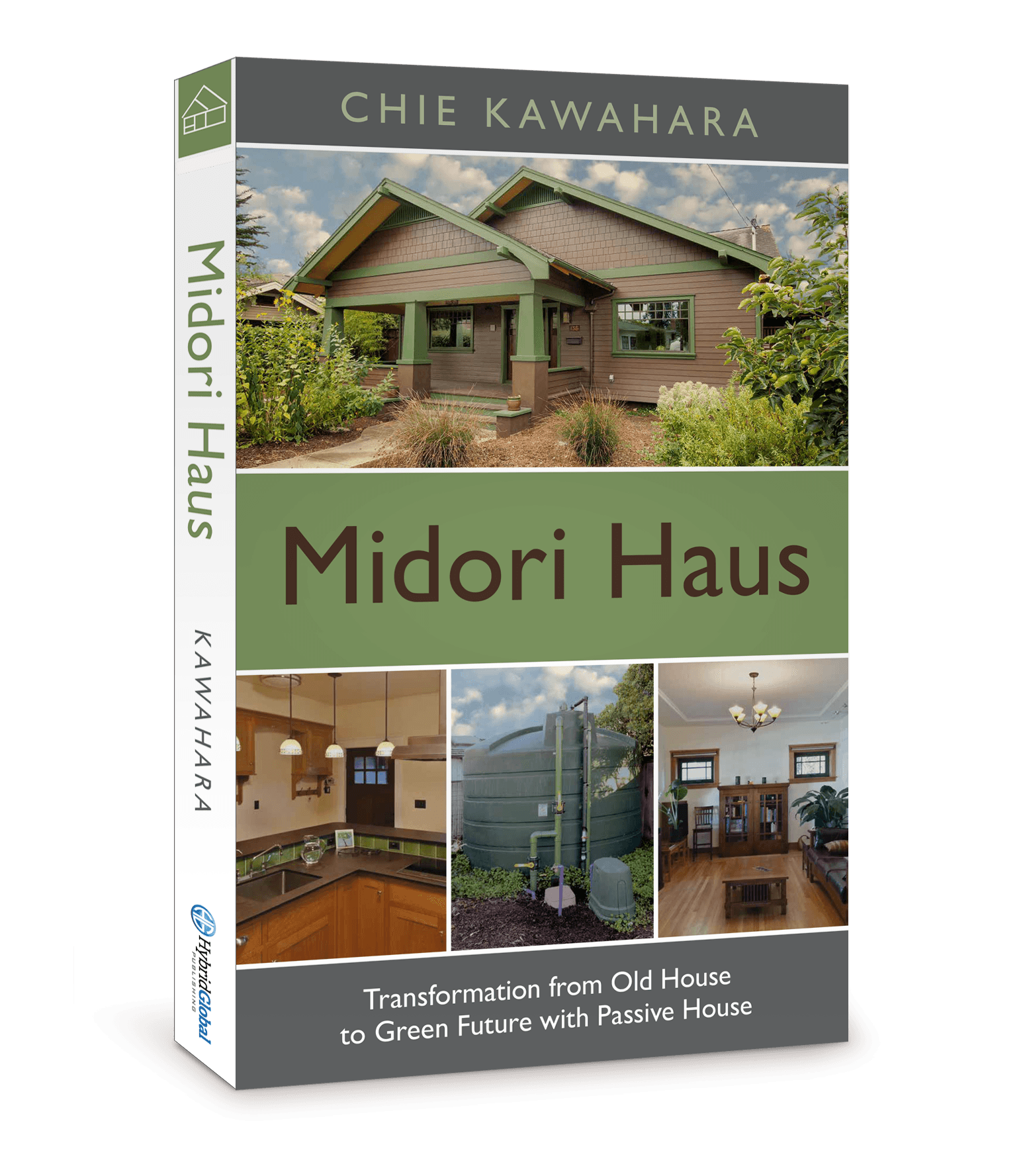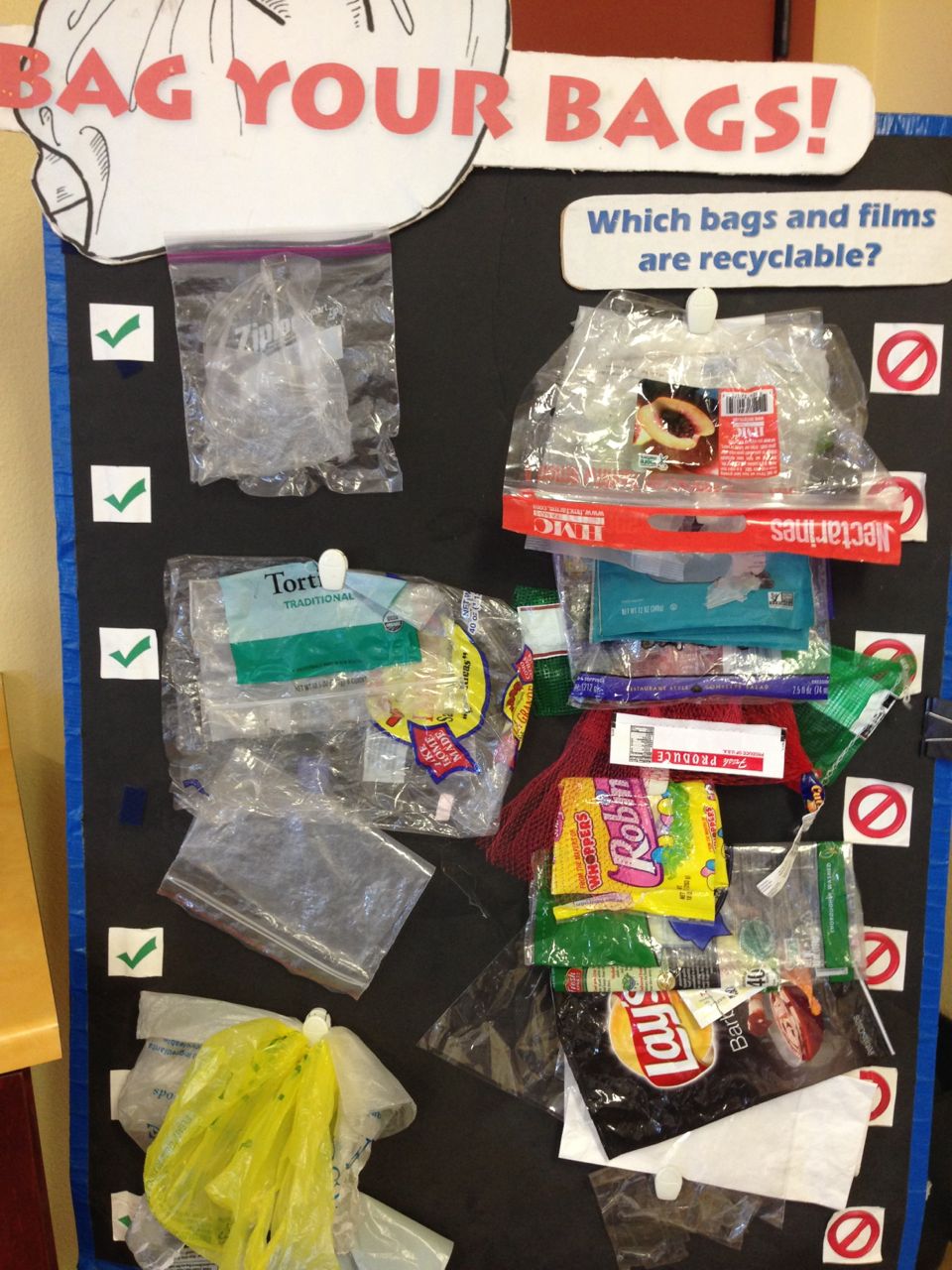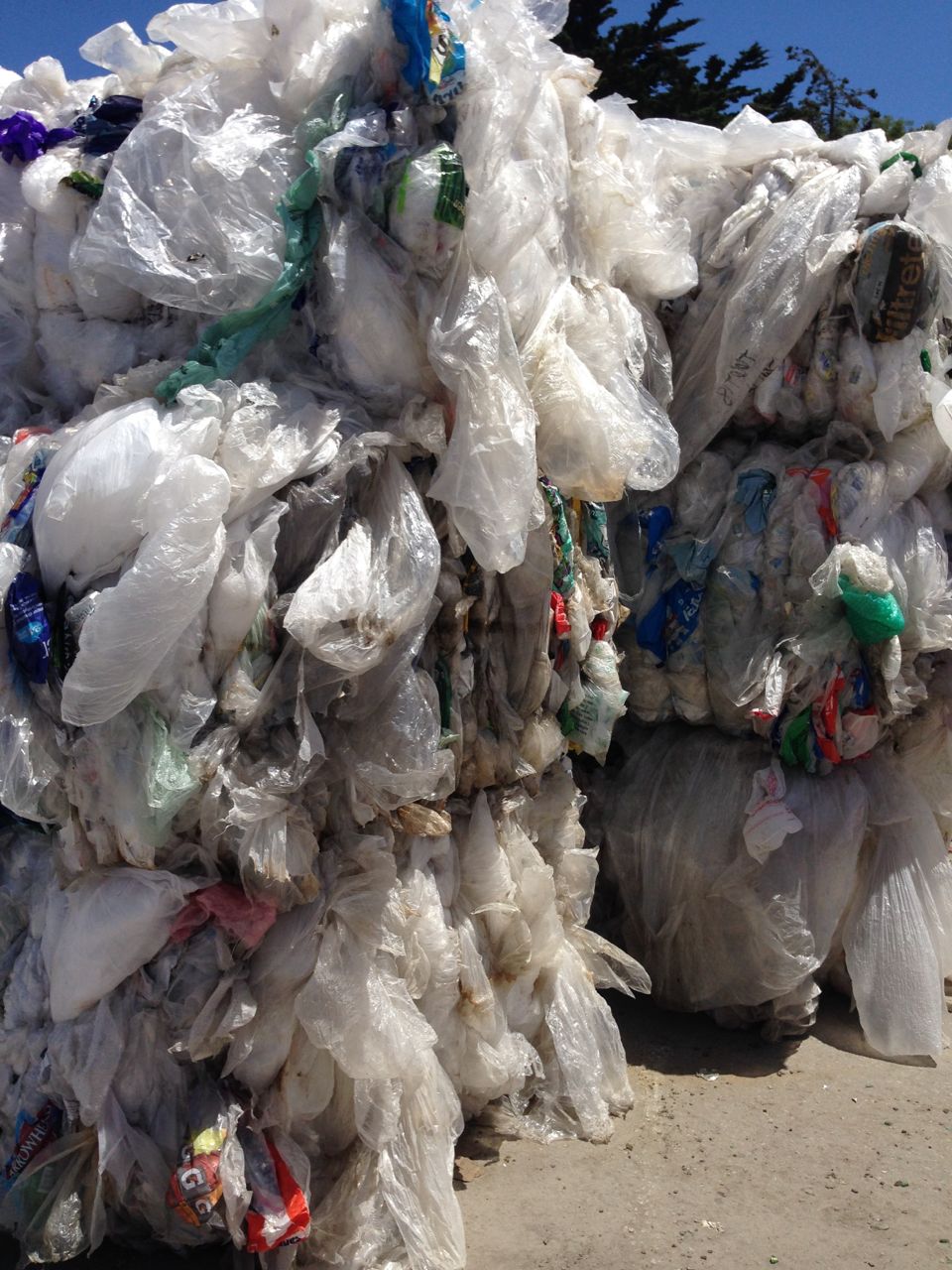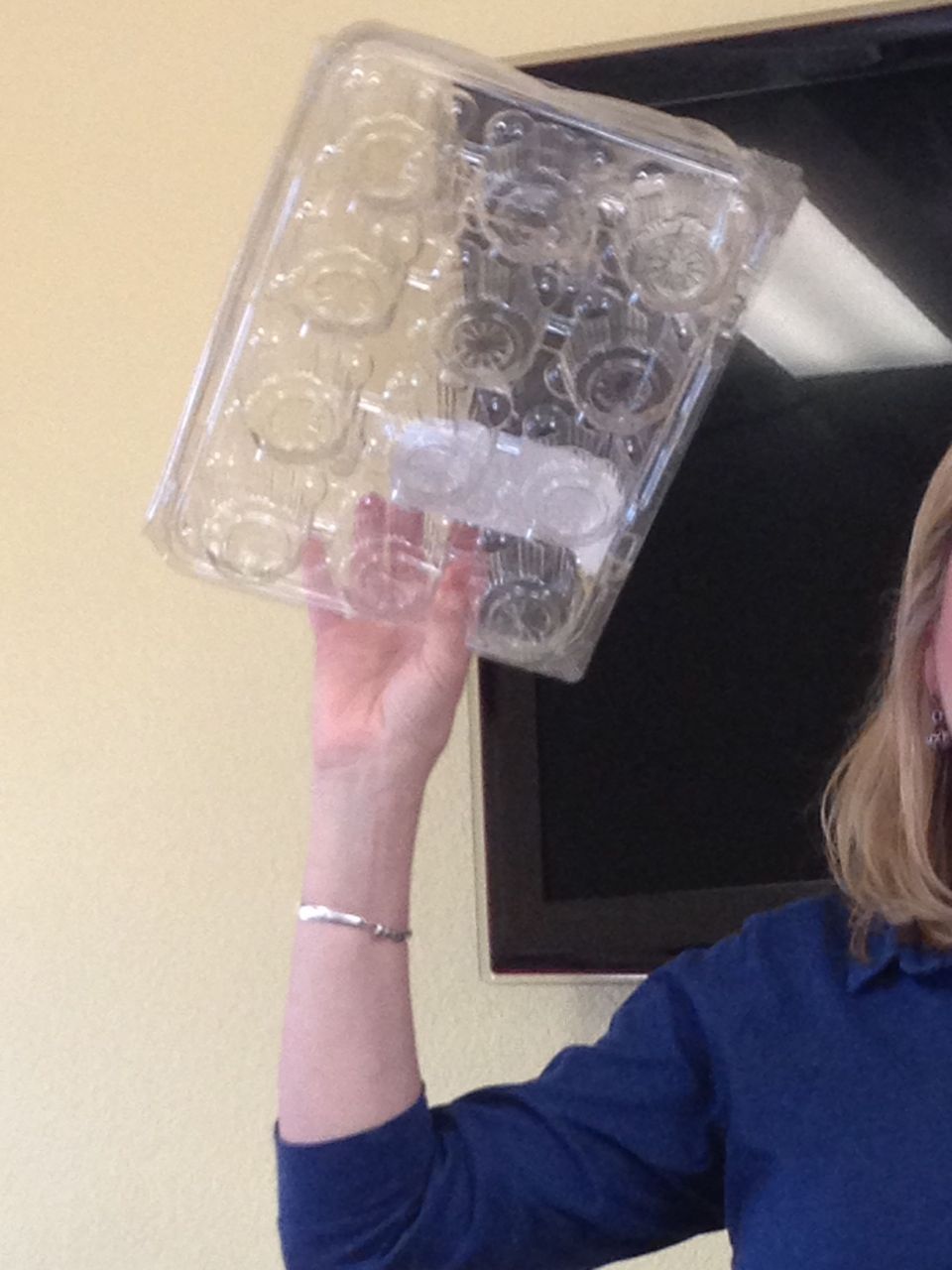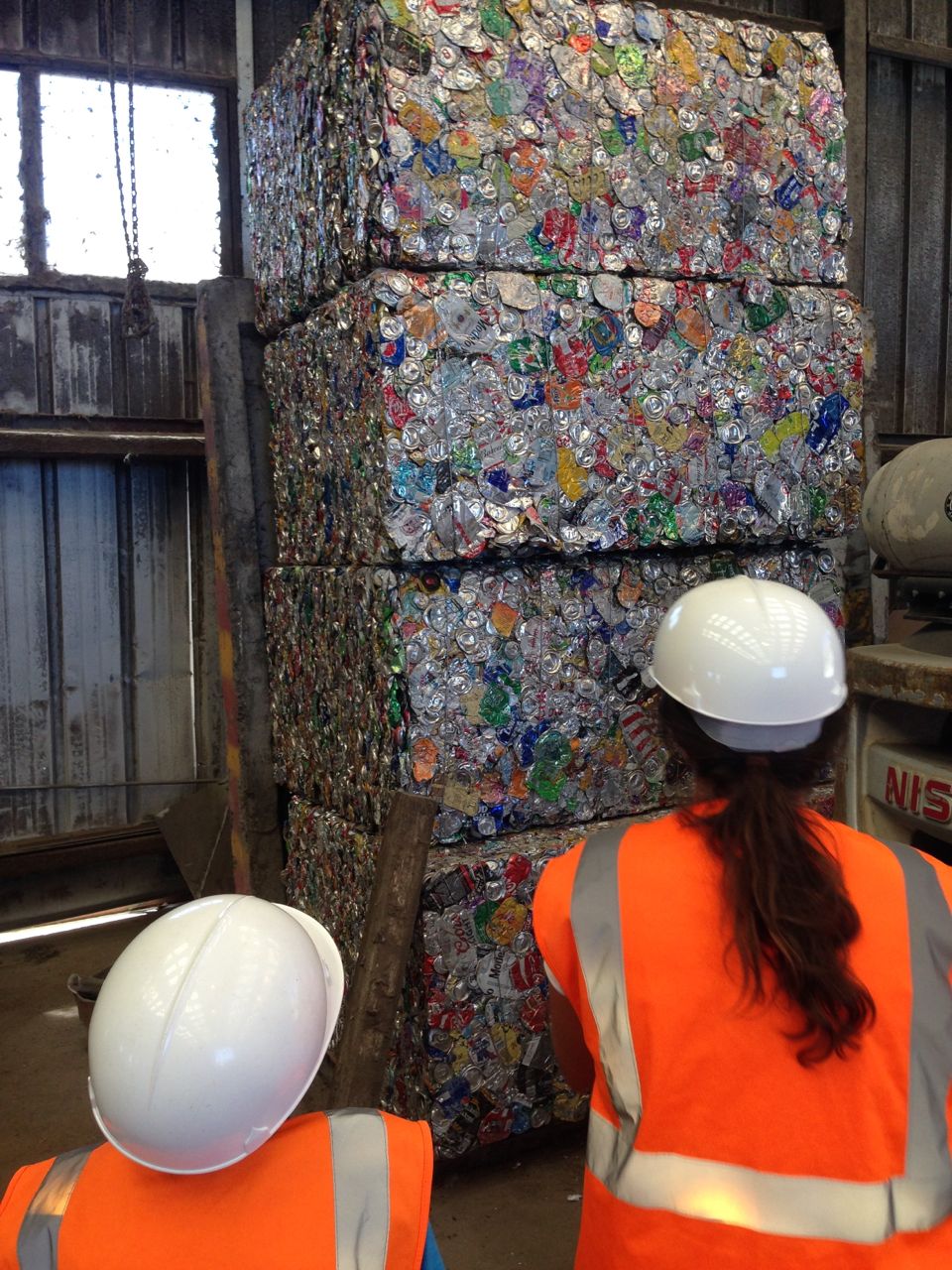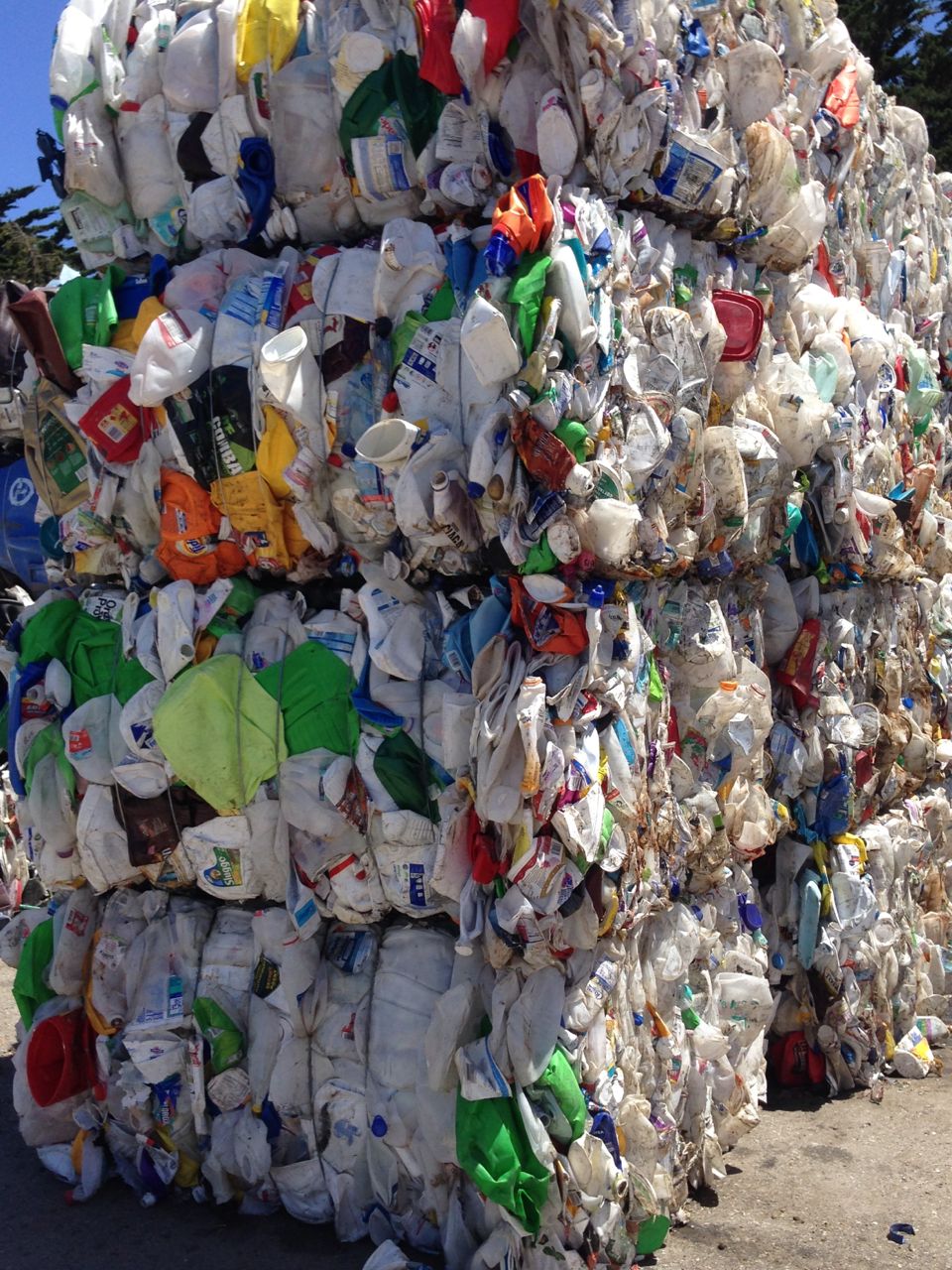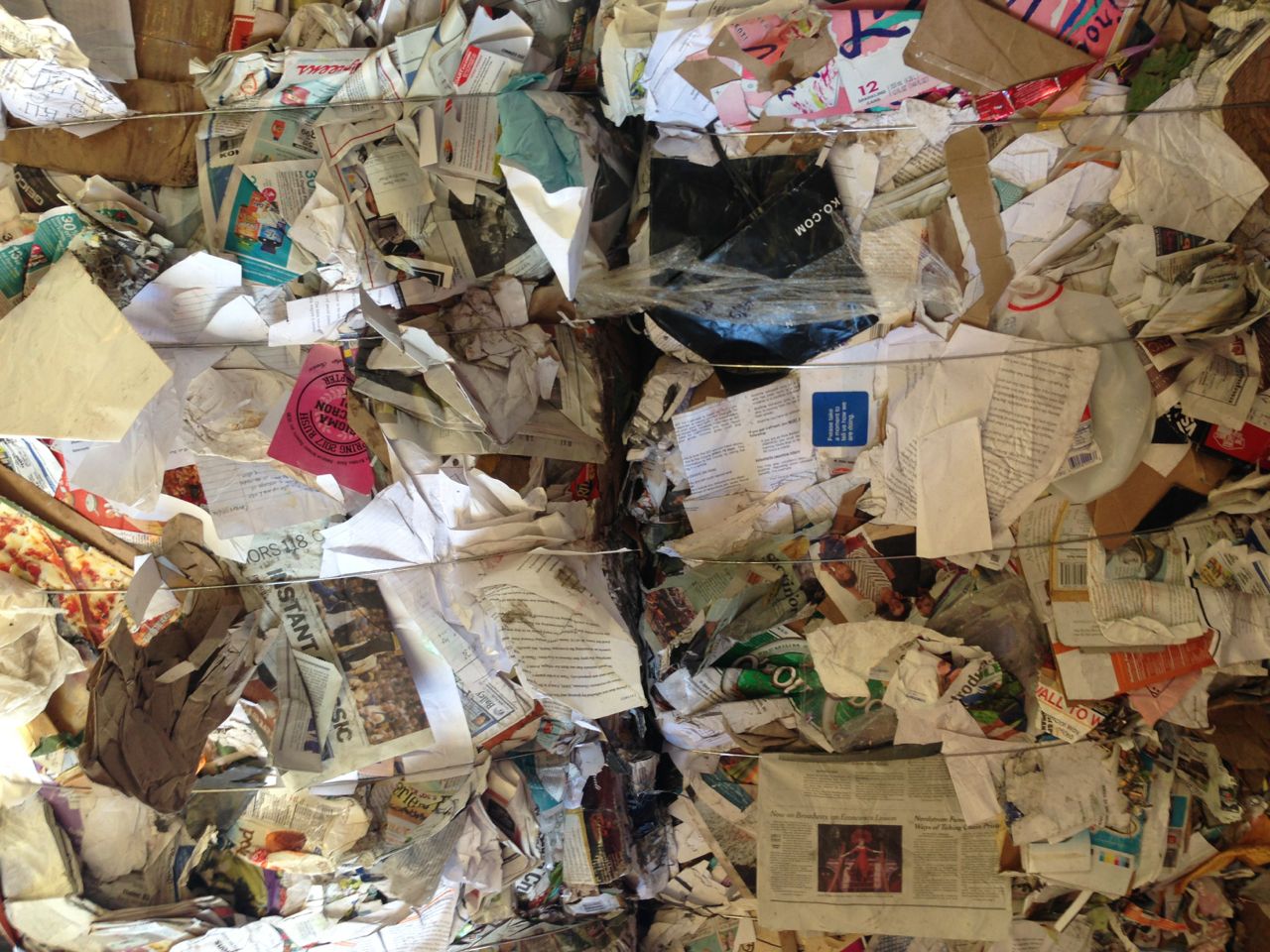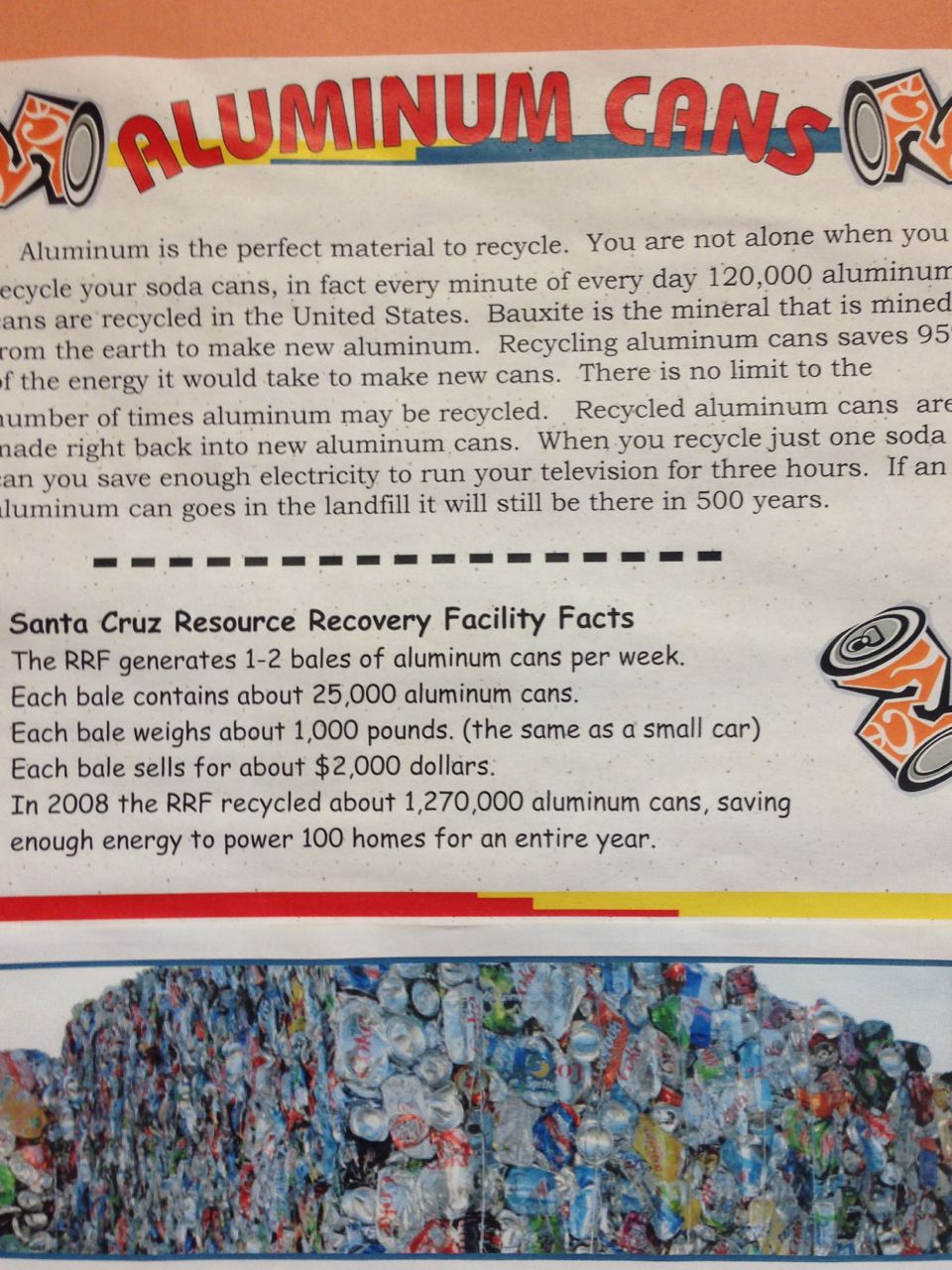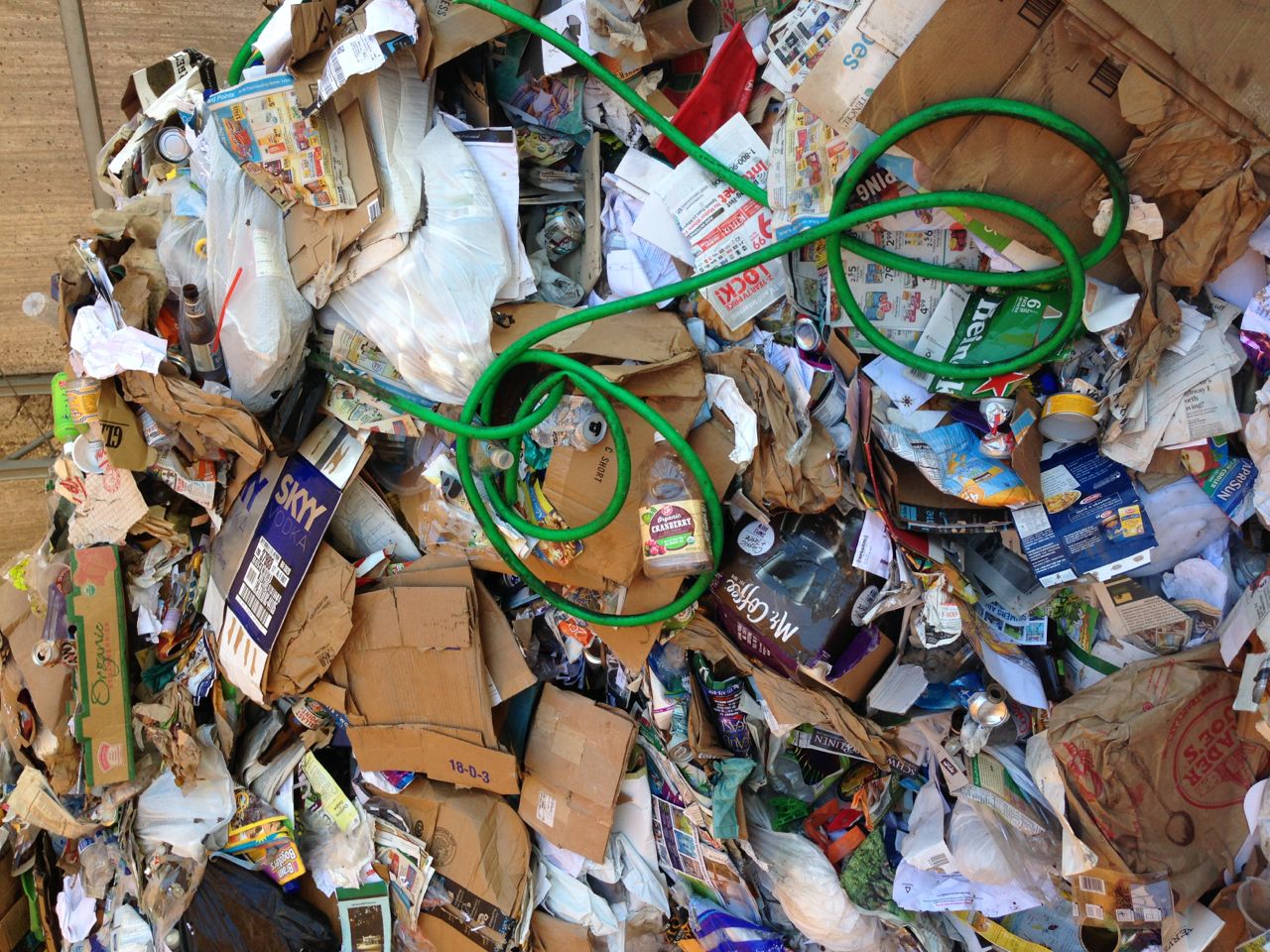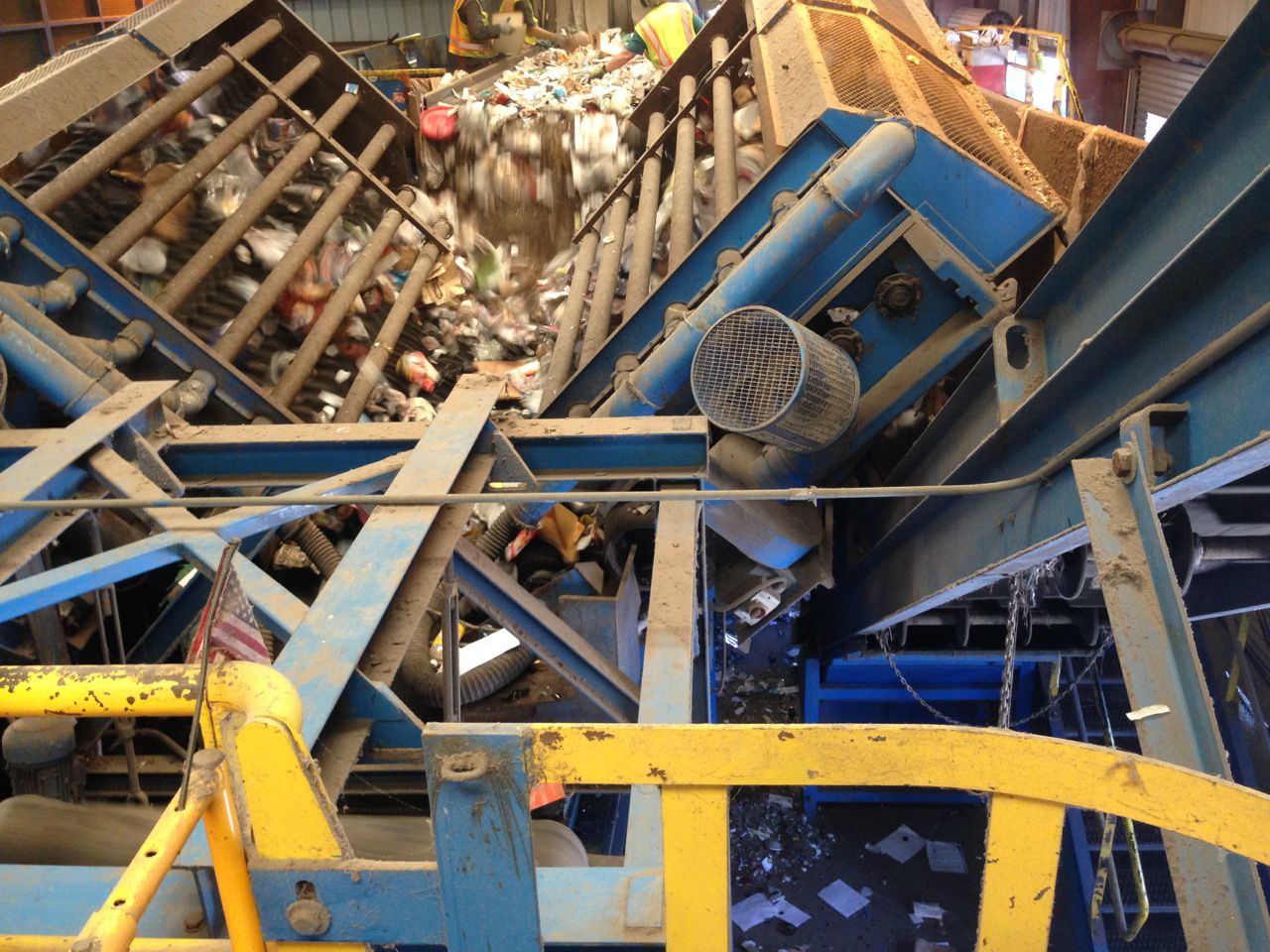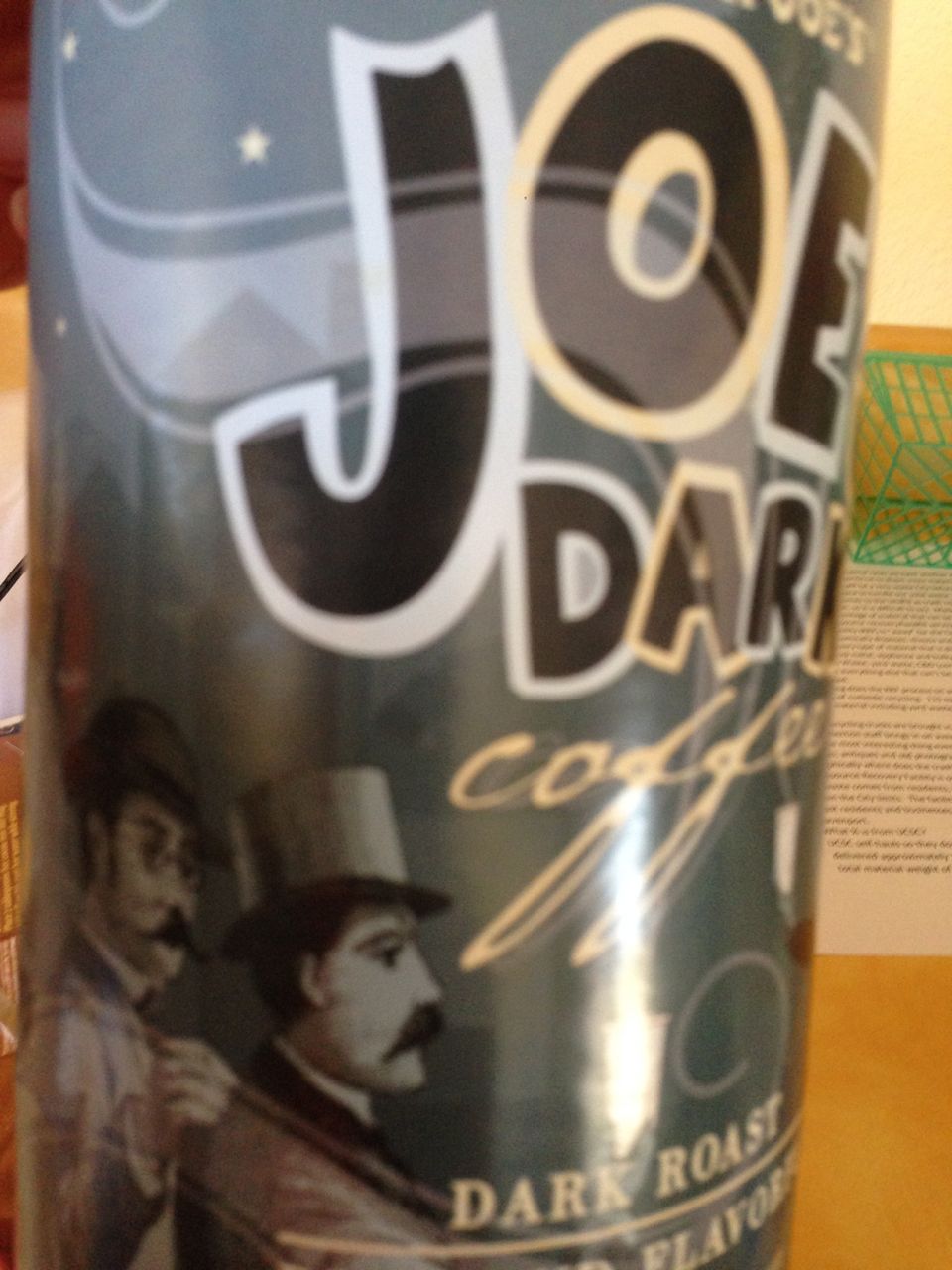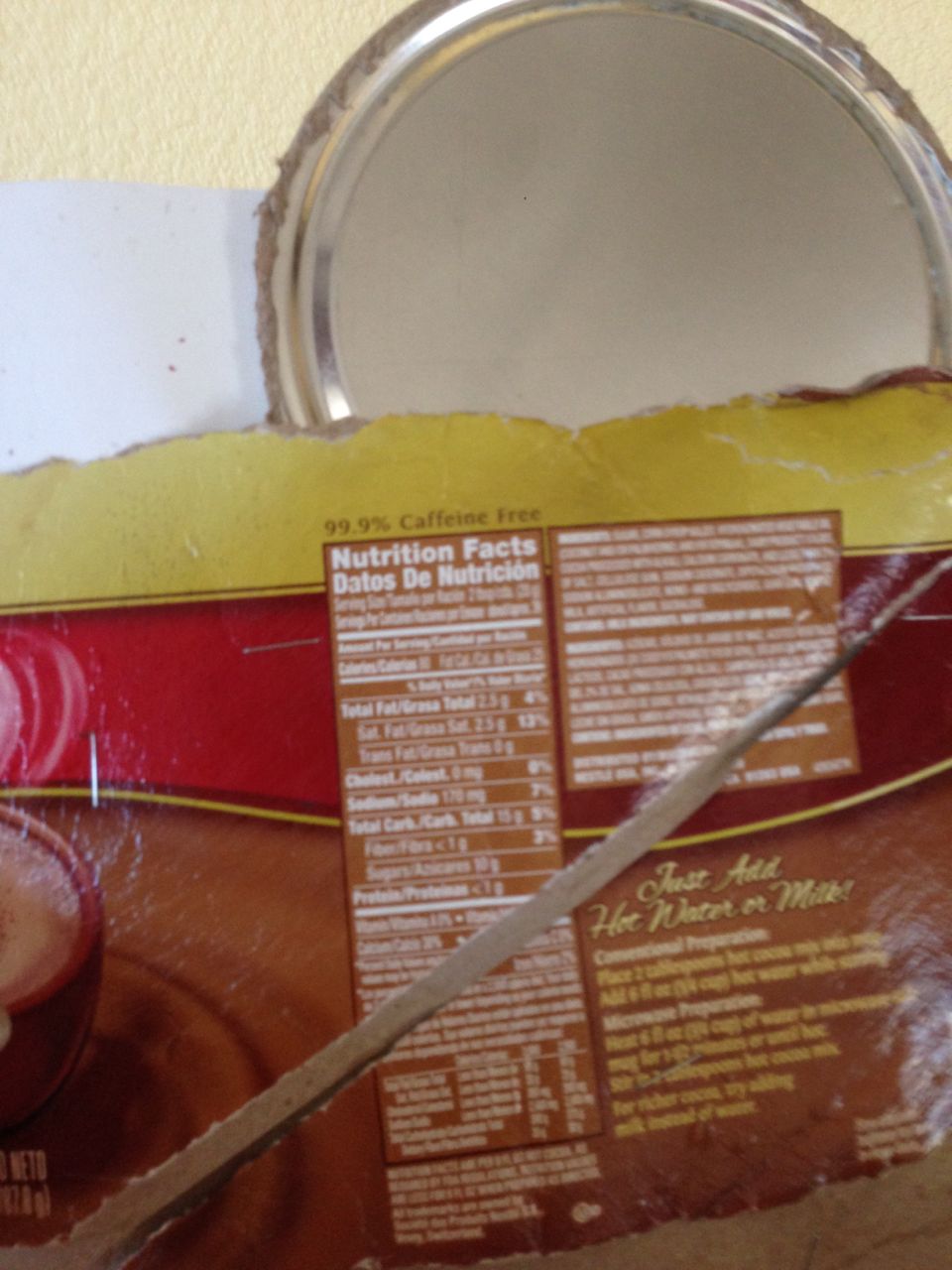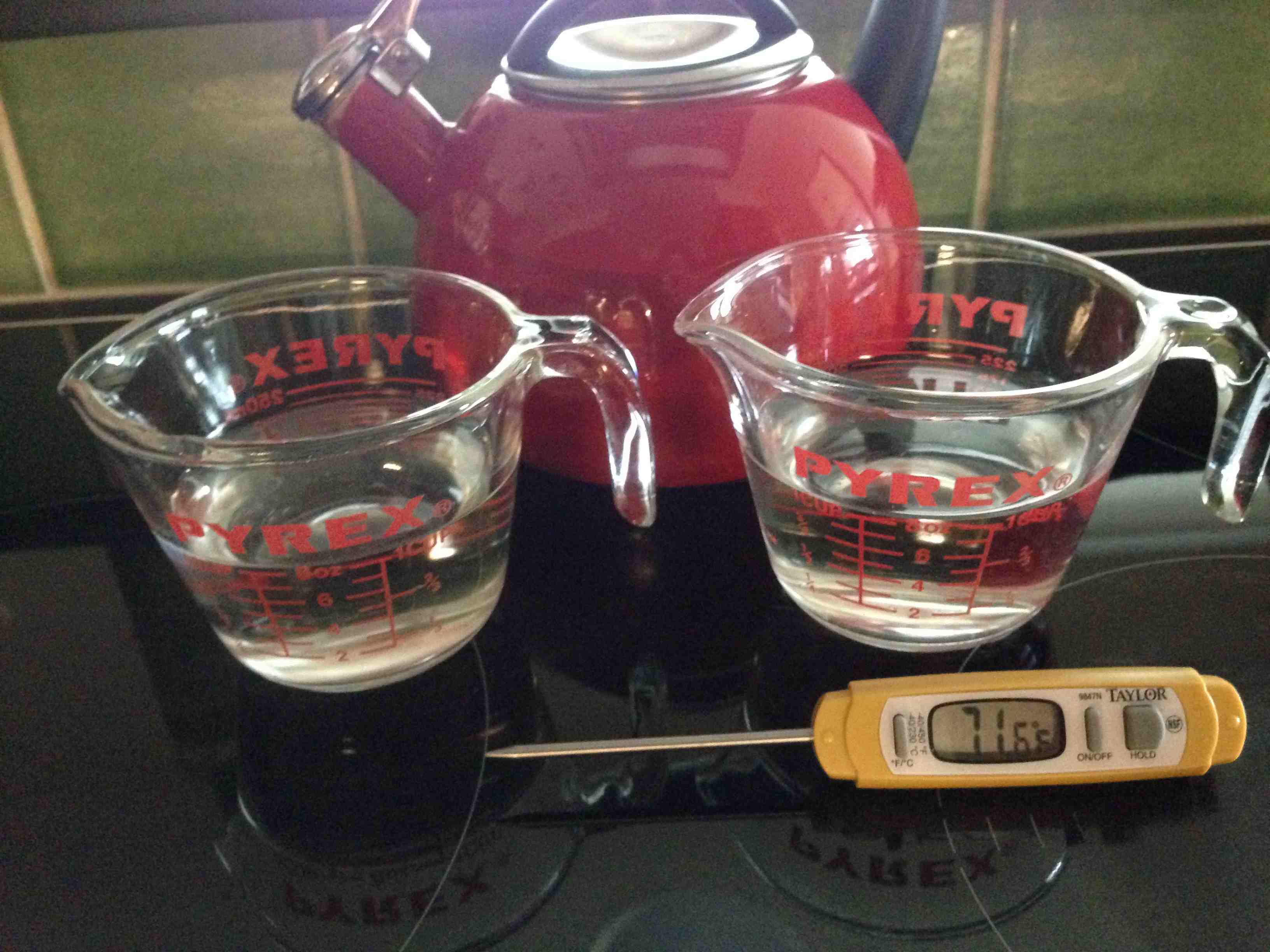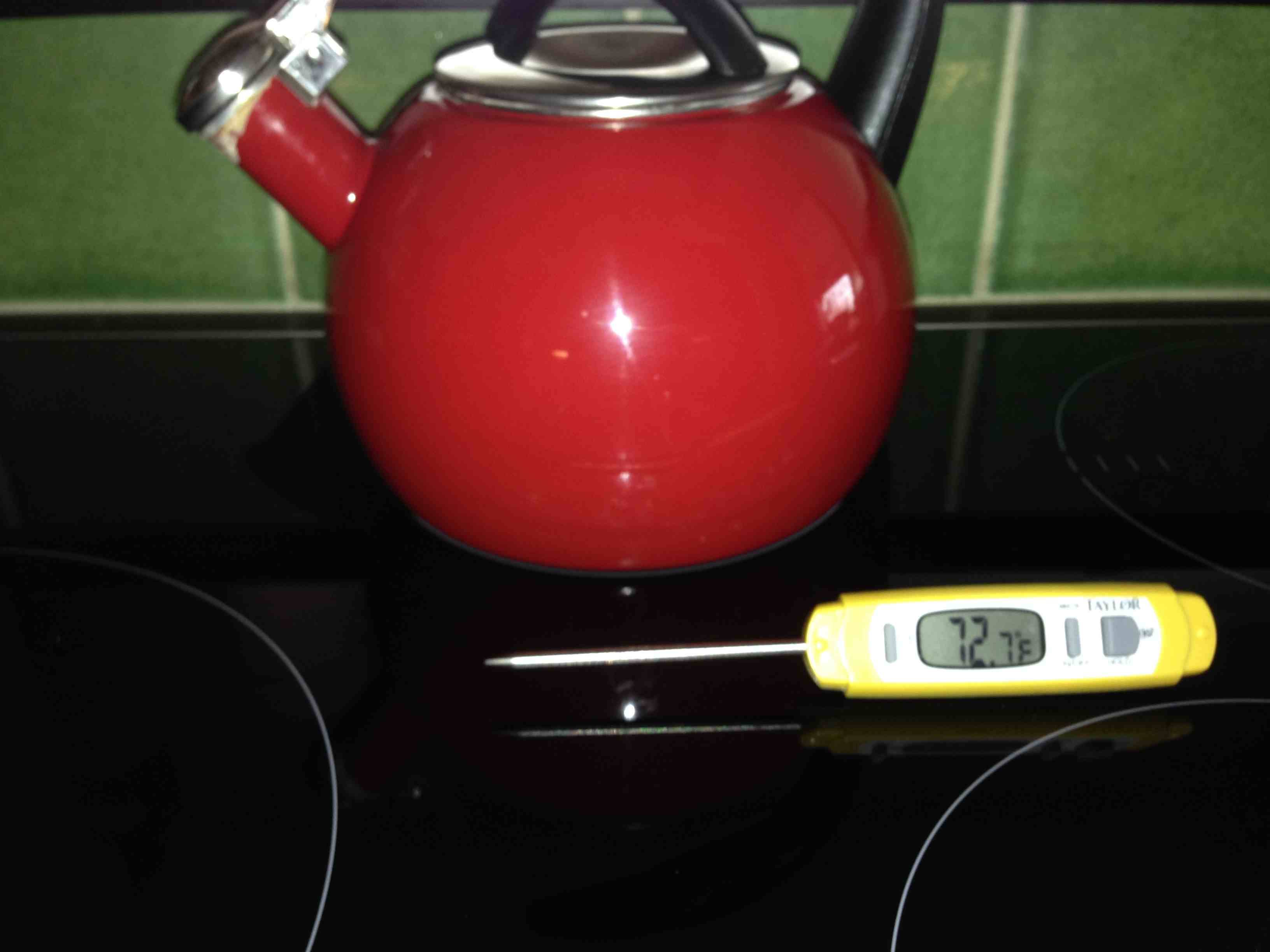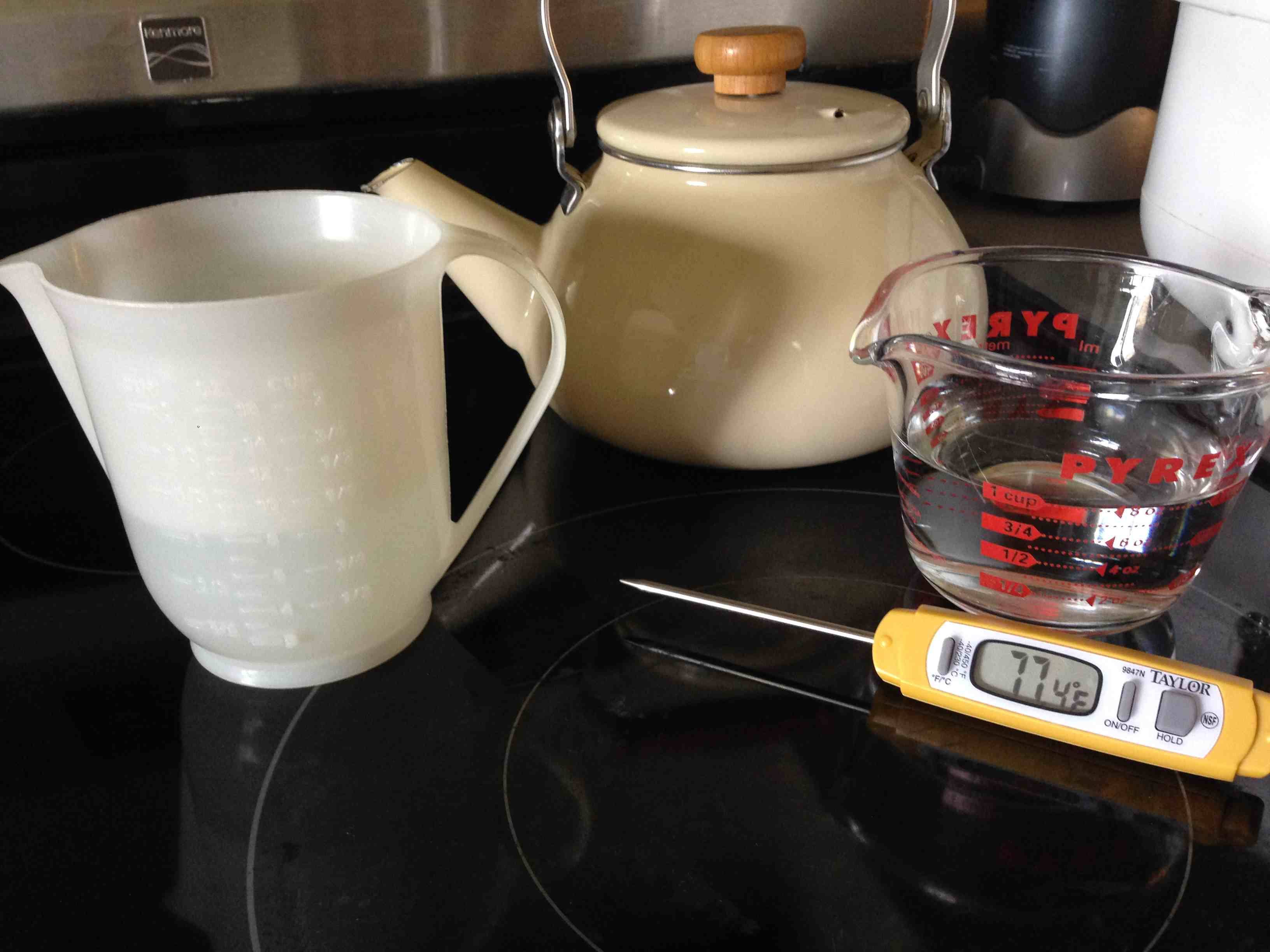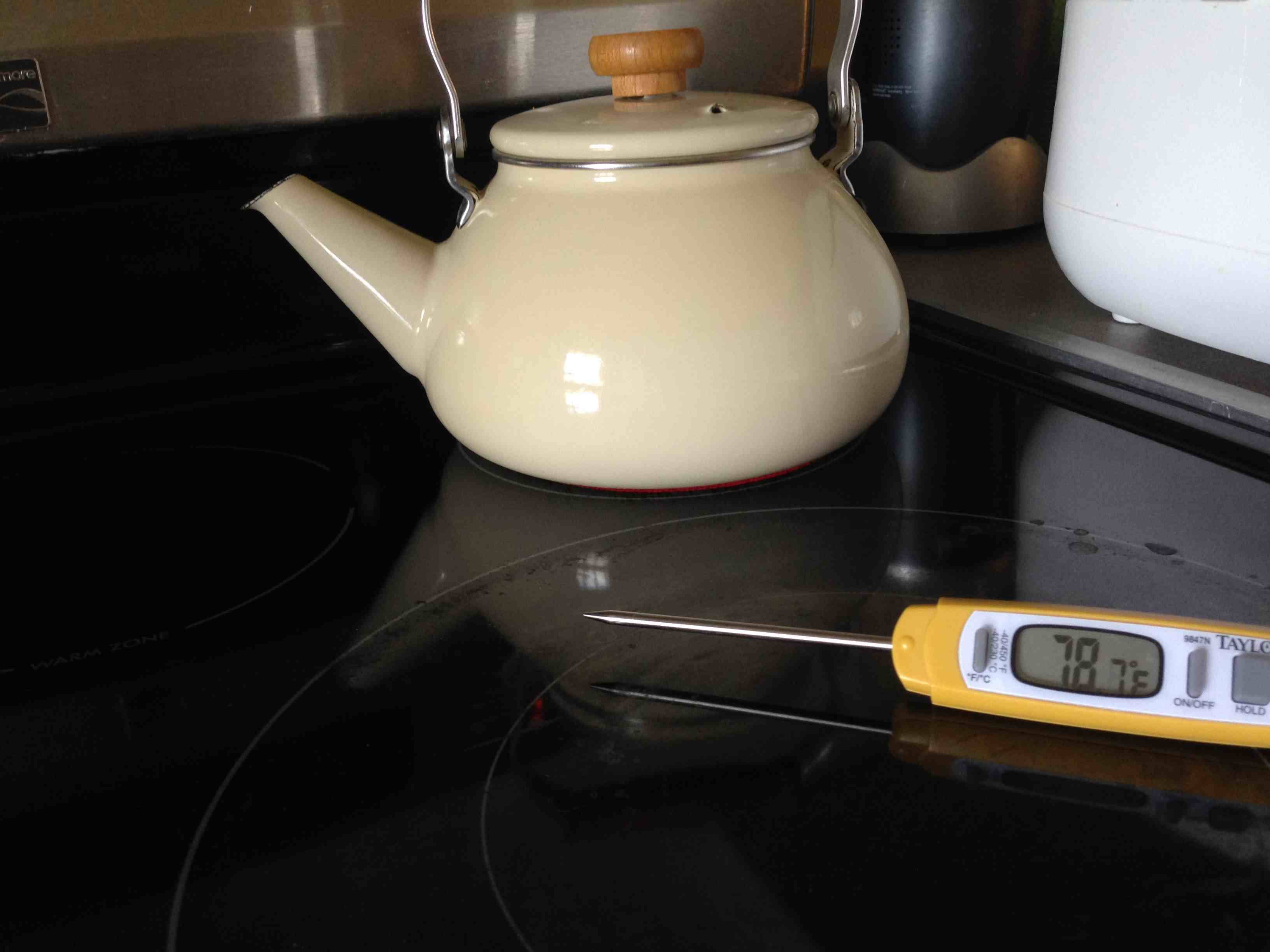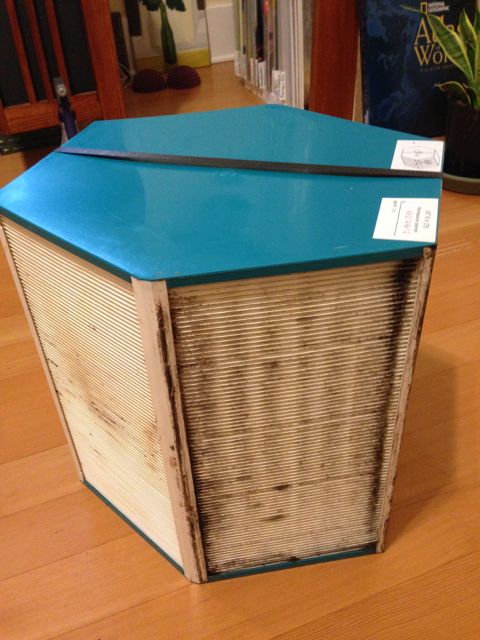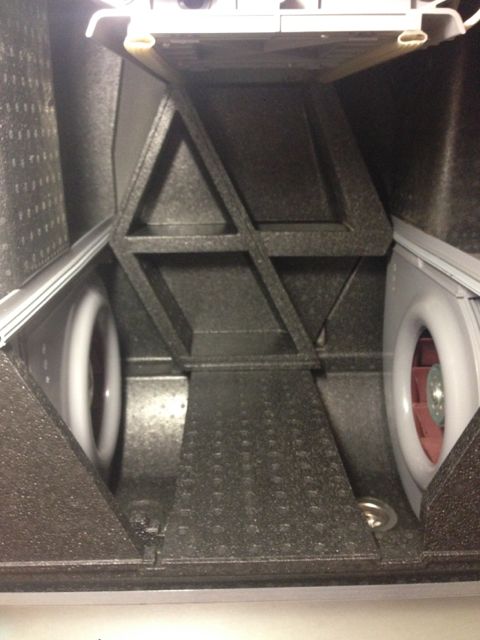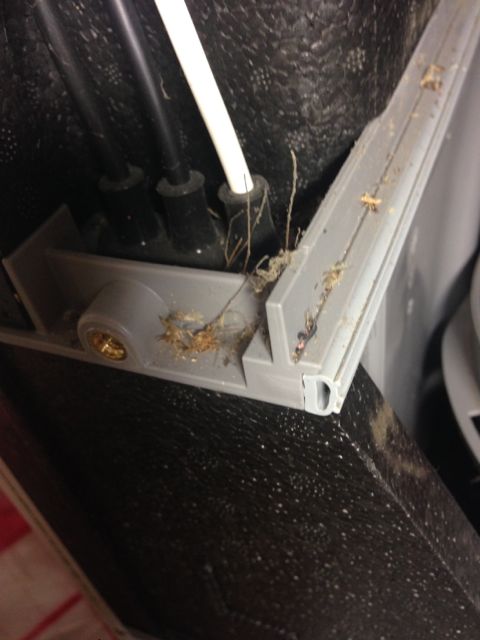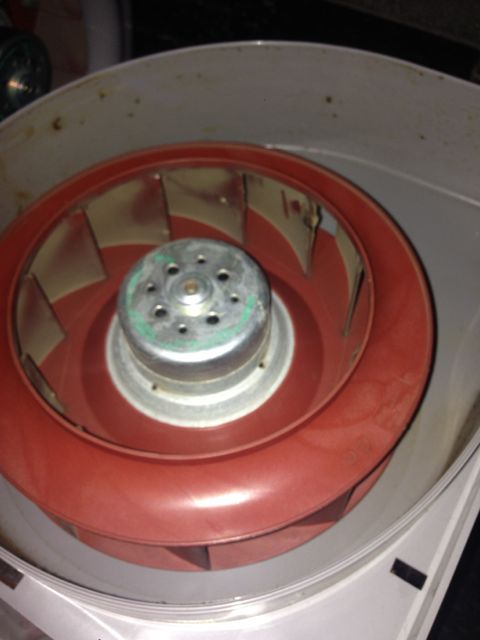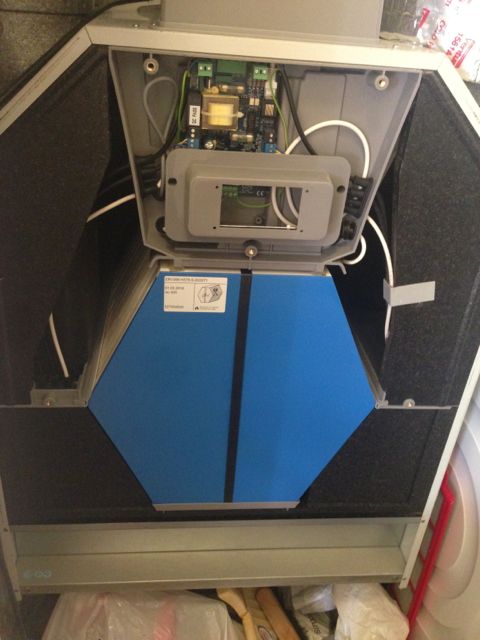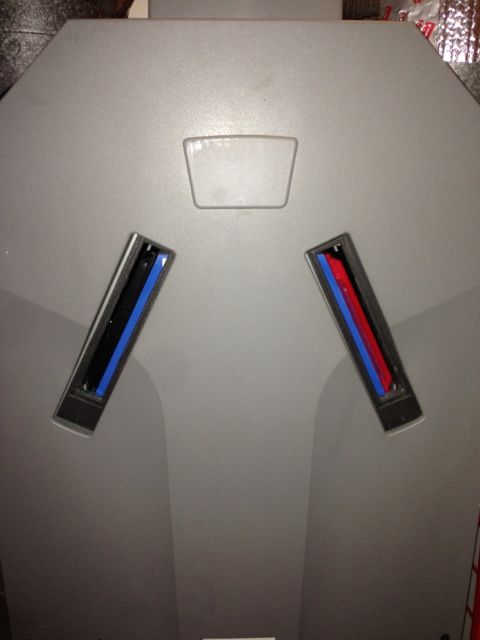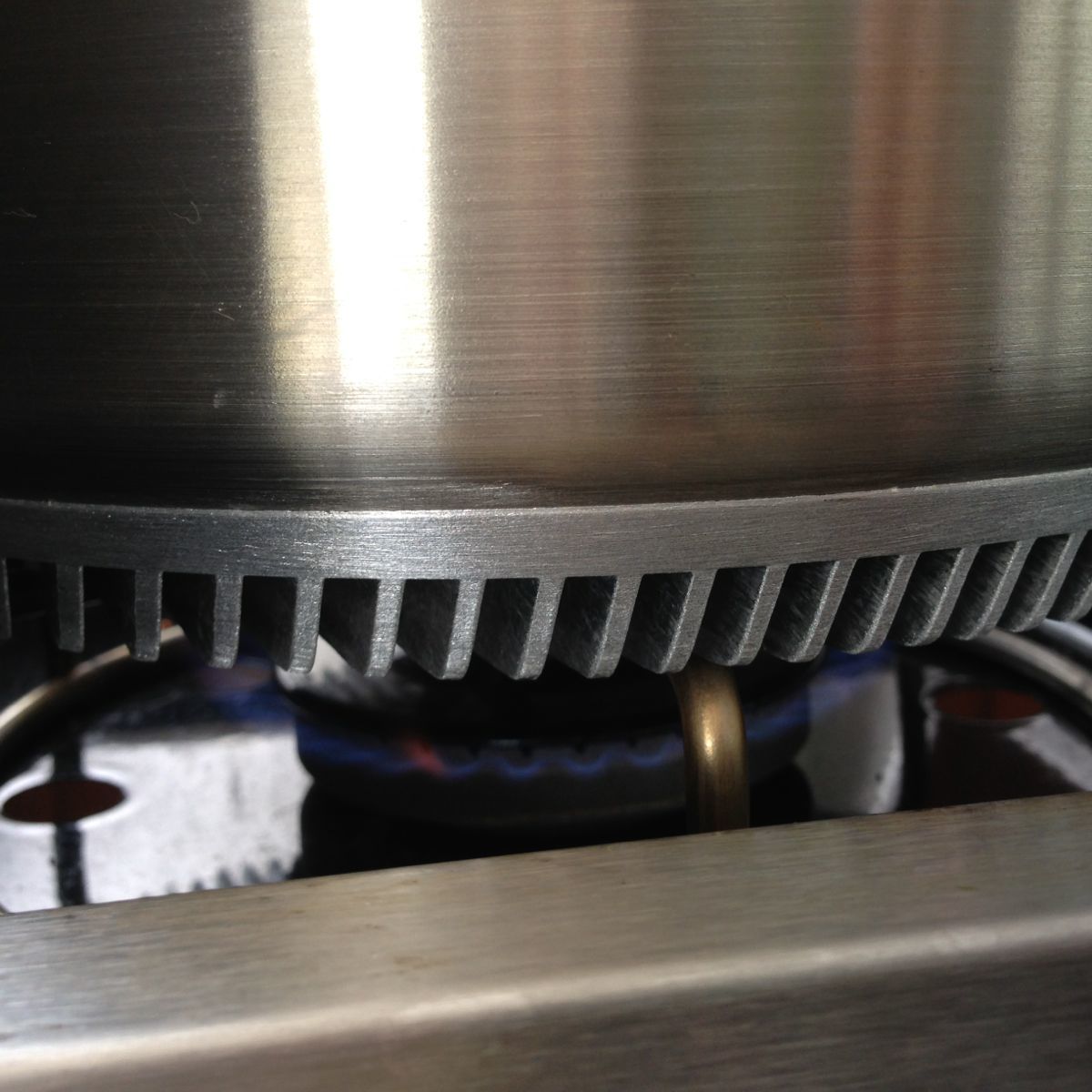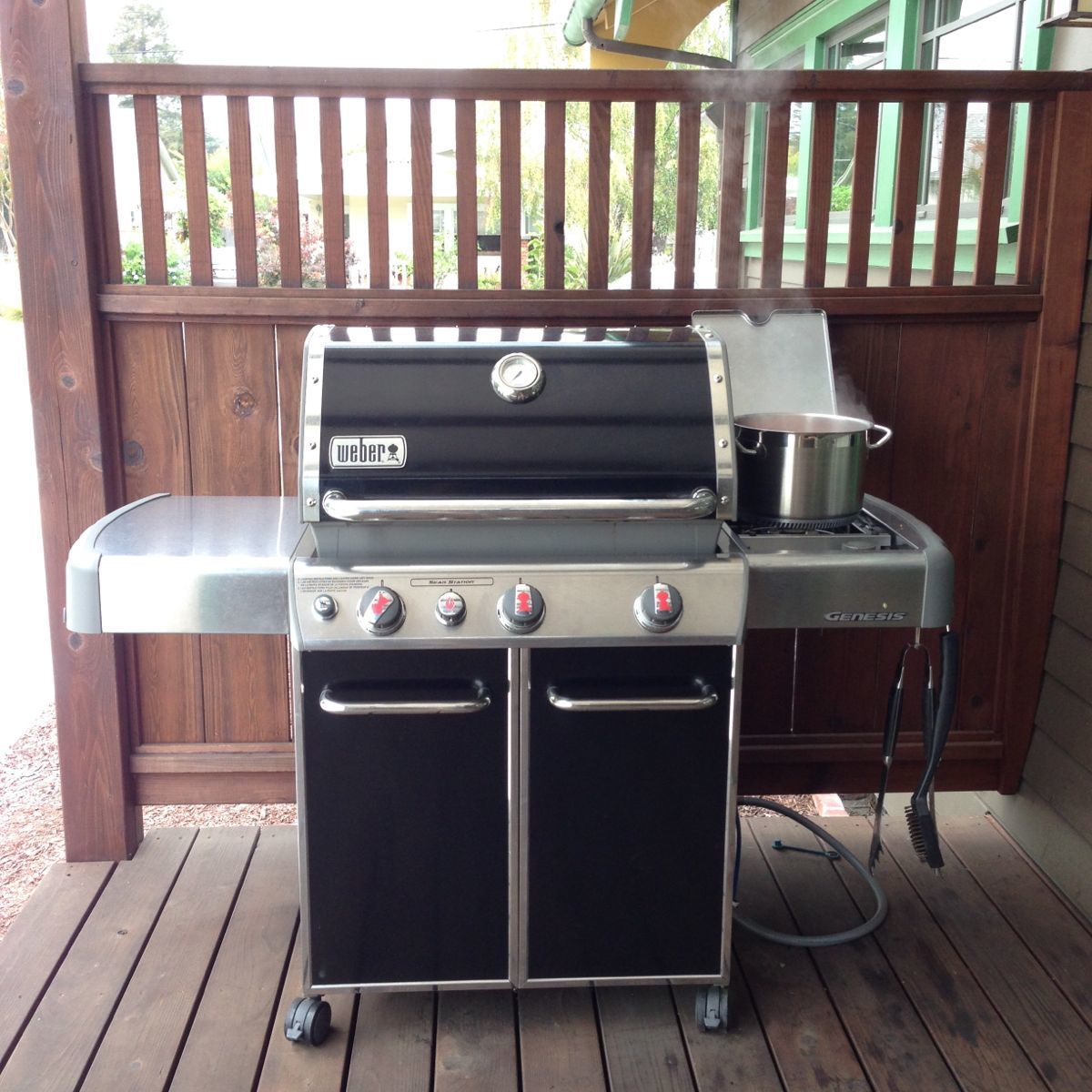The stories I’ve written in the Midori Haus book chronicles dual transformation: one of the physical building and another of the mindset of the homeowners. In chapter 2, you'll get the feel of homeowner mindset transformation. Excerpts below illustrate two shifts that took place before we even started the design phase.
In 2009, we lived in a condominium. It offered limited ability to make changes to the building to increase our standard of living and lower our carbon footprint. Initially, we thought creating a green, sustainable home meant building a new house from scratch. There was an implicit assumption of green buildings being new and good. Over time, we shifted toward remodeling an old building . This was our first mindset transformation.
… the inventory of unbuilt lots in a walkable area was quite limited and it was just a matter of time before we shifted gears to looking at houses in the right location that could be remodeled. In a way that’s more green than building a brand new house because remodeling reuses existing materials. For example, the utility connections are all in place. These connection costs are not trivial. In our area, it costs over $11,000 to install water service at a new house built on a vacant lot. Charges for the water meter and inspection are extra. Then there is the labor and material cost to trench and install the pipes and fittings, which may be another $10,000 depending on the distance between the house and the water main. That’s just for water. Sewer, gas, and electricity each have their own connection fees and construction fees. So there are some savings from having existing infrastructure connections despite paying a slightly higher price for having a house on the lot.
Another transformation took place slowly, as we learned about due diligence before real estate purchase. We were quite naïve in 2004 when we were planning to buy some land to build on.
… buying so much land so close to downtown Santa Cruz for a price of a small house seemed like a dream. Back then we were rather naïve. Instead of doing due diligence with a soils report or researching zoning to see if the lot was buildable, we did silly things like driving out there late at night and sitting on a log to see if we would see the ghost lady that supposedly haunted the area. Getting caught up in Karsten’s enthusiasm, we were convinced that we could do this project fast and cheap. Because we didn’t know what we didn’t know, we floated in a nice dream for a while. It was a perfect escape from the daily grind of managing projects and people.
Our real estate education was greatly aided by a mentor. Gary Ransone’s unique combination of qualifications (real estate license, general contractor’s license, and construction attorney license) guided us to perform sophisticated due diligence.
… Gary went over and beyond what a typical real estate would do and visited the building department at the City of Santa Cruz to look up building permit records to see if the small addition containing a bathroom and a kitchenette was legit or not. This was a precautionary step to see if we would run into permitting issues when we submitted our plans for the remodel.
… Gary wanted us to have the property boundaries confirmed and have the records “clean” by confirming the mutual easement on the property boundary. This was prompted by the presence of a duplex garage and a shared driveway with the neighbor to the west.
You'll see a summary of lessons learned at the end of each chapter. One lesson I’ve often passed on to others is to have a general contractor look over the house before making an offer buy the house.
I would love to hear what you found useful in chapter 2 of Midori Haus book. Please let me know by commenting below. Thanks!
